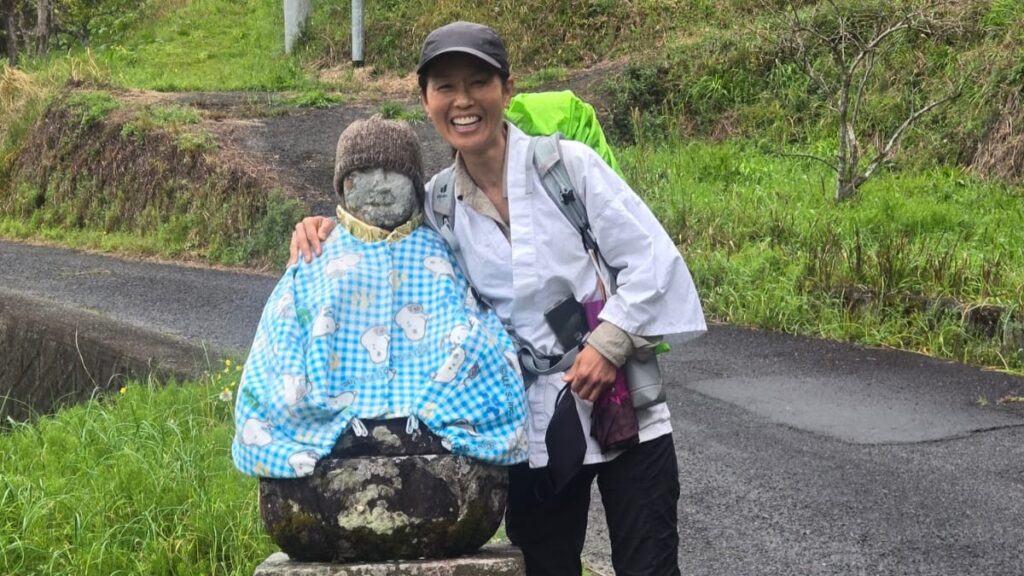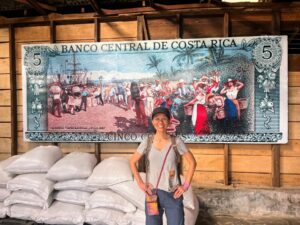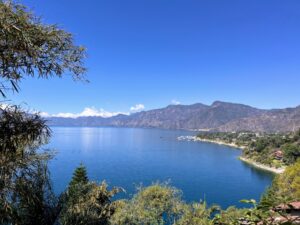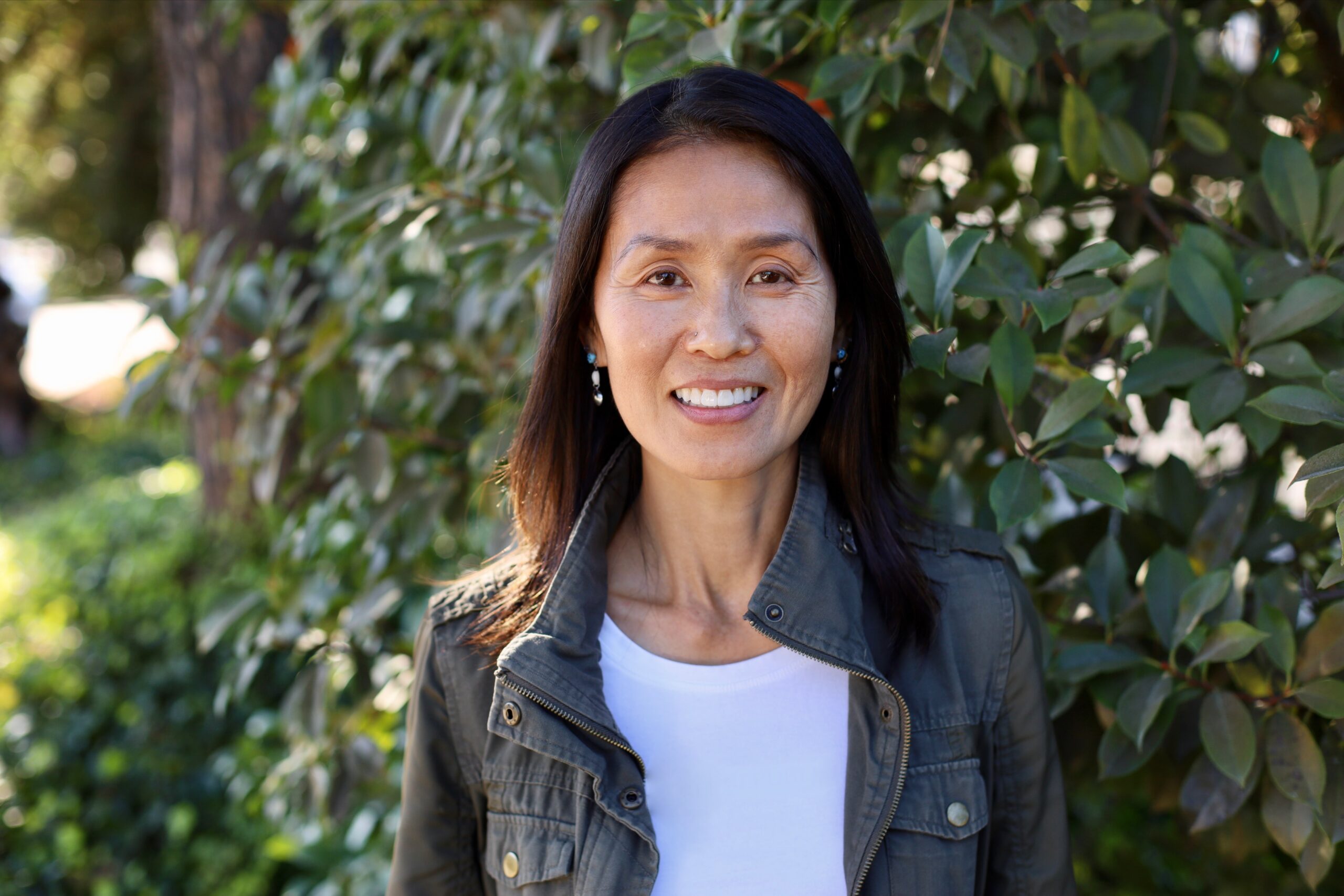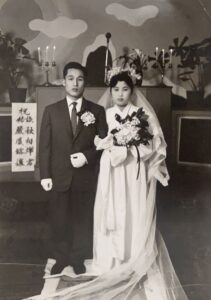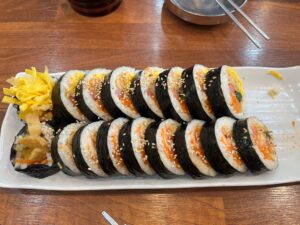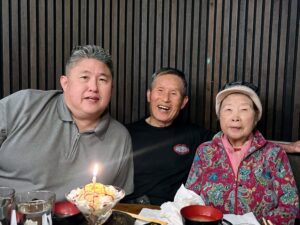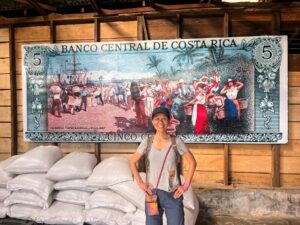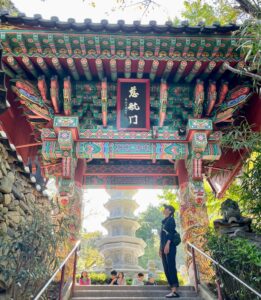Embarking on the Shikoku pilgrimage was an unforgettable journey. Over 48 days, I walked more than 750 miles, visiting 88 Buddhist temples across the peaceful island of Shikoku, Japan. Though I’m not spiritual or Buddhist, I took on this pilgrimage for the experience and adventure. I was joined by two friends who share the same non-religious perspective. It turned out to be a once-in-a-lifetime journey that deeply impacted all of us.
What is Shikoku Pilgrimage?
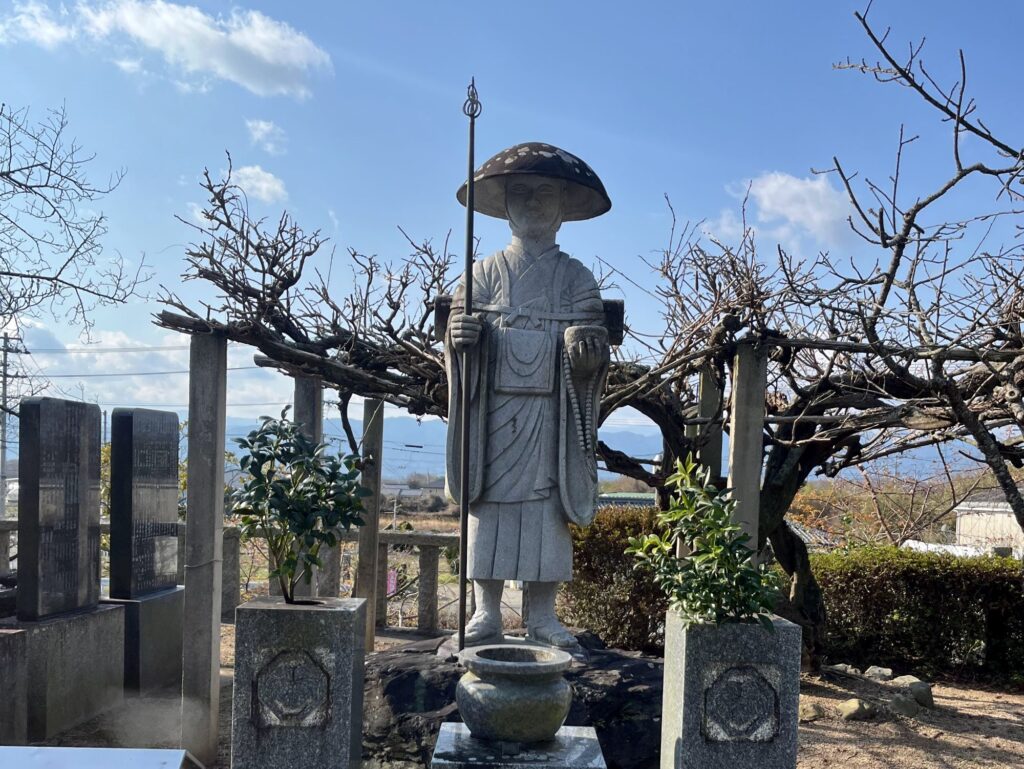
The Shikoku Pilgrimage, also called Ohenro, is a special journey with a rich history. In 815, the famous Buddhist monk Kukai, also known as Kobo Daishi, began the pilgrimage at the age of 42. Pilgrims visit 88 ancient temples built between the 16th and 17th centuries. His teachings continue to inspire people from around the world to take part in this journey.
The Shikoku Pilgrimage, also called Ohenro, is a special journey with a rich history. The famous Buddhist monk Kukai, also known as Kobo Daishi, started this pilgrimage in 815 when he was 42 years old. Pilgrims visit 88 ancient temples built between the 16th and 17th centuries. His teachings still inspire people from all over the world to take part in this journey.
The pilgrimage covers a distance of 1200 to 1460 kilometers, circling the island of Shikoku and passing through its four prefectures: Tokushima, Kochi, Ehime, and Kagawa. This long walk not only takes you through beautiful landscapes but also lets you explore Japan’s rich history.
Pilgrims walk the same paths that have been traveled for centuries, connecting with the deep spiritual and cultural traditions left by Kobo Daishi.
Journey of Culture and Kindness
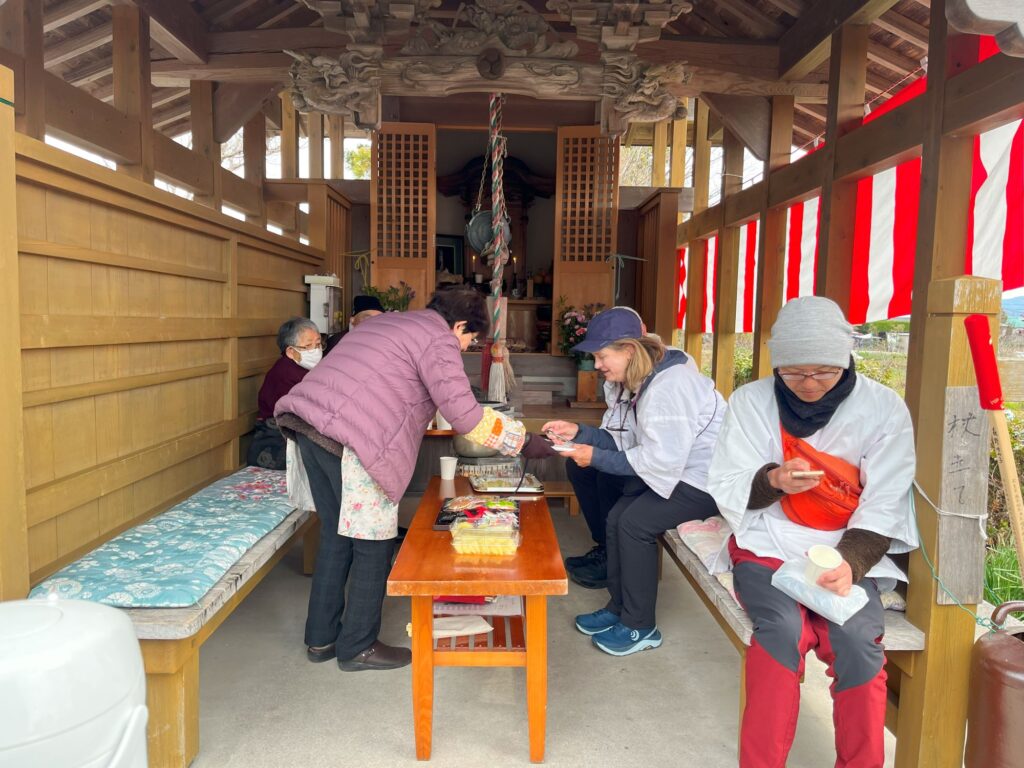
The Shikoku Pilgrimage is not just a physical journey; it’s also a chance to experience the rich culture of Japan. Pilgrims walk through Shikoku, the least developed of Japan’s main islands. They enjoy its beautiful landscapes, from rugged coastlines to peaceful forests.
People take part in the Shikoku Pilgrimage for many reasons. Some are motivated by spiritual or religious beliefs and want to honor Kobo Daishi and the teachings of Shingon Buddhism.
Others take the journey for personal reflection and growth, using it as a time to think about their lives and make positive changes. The combination of physical challenges and spiritual meaning makes this pilgrimage a powerful experience that stays with those who complete it.
During the pilgrimage, pilgrims, called “Henro,” experience both solitude and connection. The journey offers many chances to meet locals and fellow Henros, who come from different backgrounds.
One beautiful tradition is Osettai, where locals give gifts or help the pilgrims. This kindness is a big part of the experience and often creates some of the most memorable moments, helping build a sense of community and shared purpose.
Overcoming Challenges on the Shikoku Pilgrimage
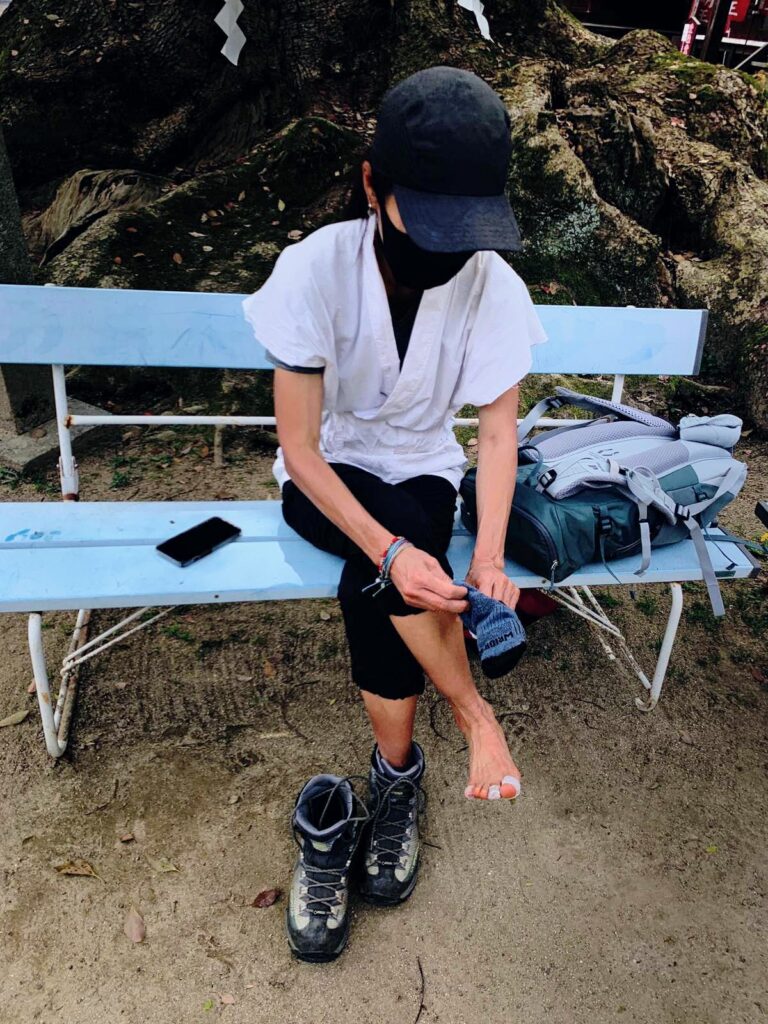
Our adventure began on March 7, 2024 with chilly weather and occasional rain. We even experienced a few unexpected snowfalls, making the start both beautiful and challenging.
As we moved into April, the temperatures warmed up. We had a few rainy days, but overall, we were fortunate with good weather and avoided extreme conditions. On average, we walked 16 to 18 miles a day, with our longest day stretching to 23 miles.
The first week was extremely tough. Even walking 10 to 15 miles left our feet aching and throbbing. Fortunately, after a good night’s rest and a nourishing homemade meal, we were ready to hit the trail again.
By the second week, our bodies had adjusted, and walking became much easier. We only had a few small blisters and were lucky to avoid any serious health issues. Thanks to my fellow Henros, we were well-prepared with first-aid kits, which made a huge difference.
Hospitality and Camaraderie on the Shikoku Pilgrimage
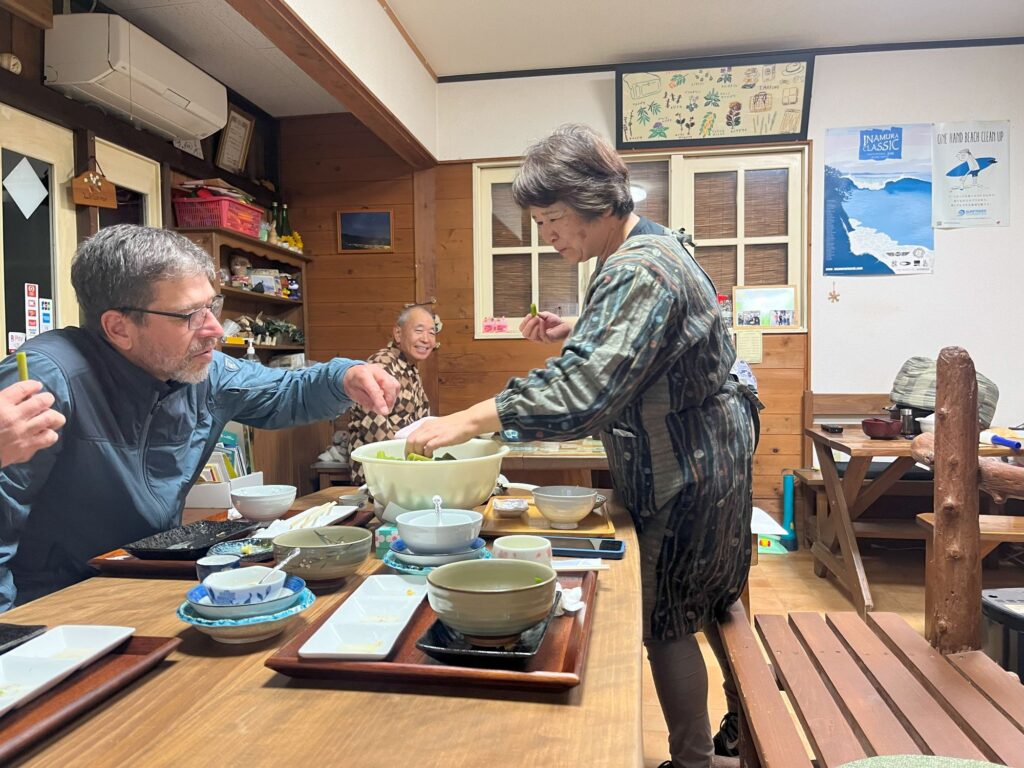
To manage costs, we mostly stayed in guesthouses and hostels. While we occasionally stayed in business hotels, it was the guesthouses and hostels that left the strongest impression on us.
The hosts went above and beyond, often preparing delicious homemade vegan meals upon request and treating us like part of their family. These moments were the most rewarding of the journey. We felt truly welcomed and deeply appreciated their hospitality, which was unlike anything we had experienced before.
The physical challenges of the Shikoku pilgrimage were undeniably tough, but the people we met along the way made it all worthwhile. The camaraderie with fellow pilgrims, or “Henro,” from all over the world added a unique layer to the experience. Sharing the journey with so many people from diverse backgrounds made the pilgrimage even more special.
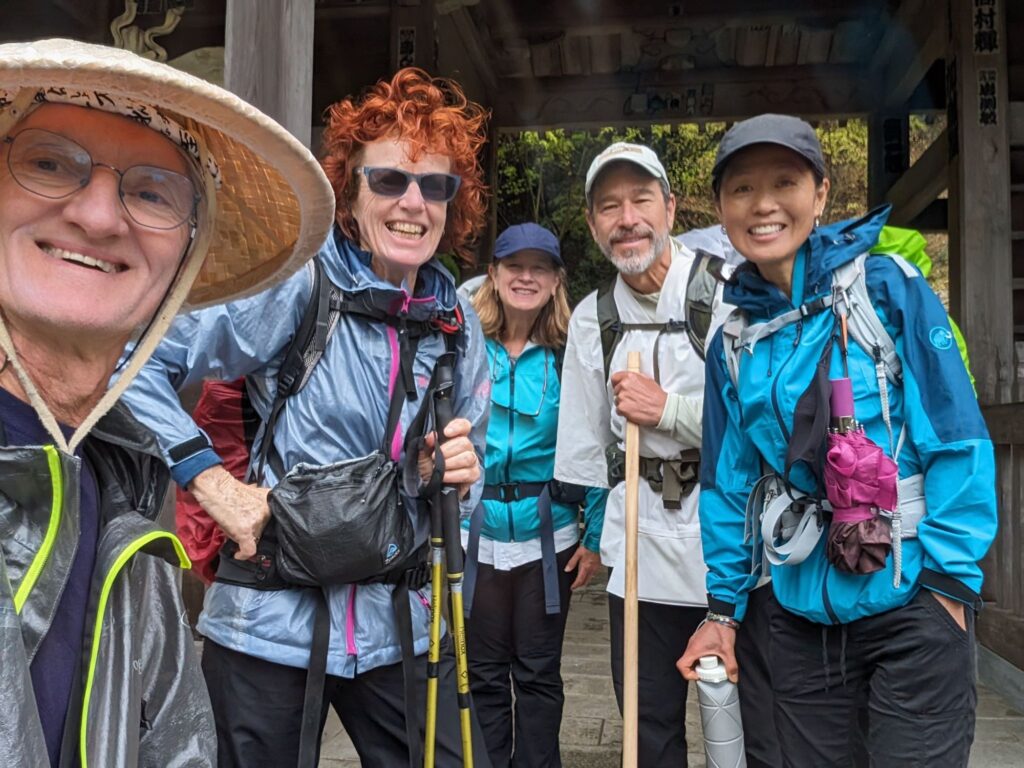
What the Shikoku Pilgrimage Meant to Me
For me, the Shikoku Pilgrimage was about so much more than just walking. It became a time for me to reflect on my life, find clarity, and experience a deep sense of peace amidst the calm surroundings. The journey was a challenge for both my body and mind, but it left me with a sense of accomplishment and personal growth that I will always carry with me.
What truly made the pilgrimage special, though, was the kindness and hospitality I experienced along the way. Connecting with fellow pilgrims and meeting local people was incredibly uplifting.
The tradition of Osettai, where locals offer gifts or assistance to pilgrims, was the most significant part of the journey. A simple smile, a warm meal, or a place to rest reminded me of the goodness in people and made each day of the journey even more rewarding.
Lessons and Lasting Connections
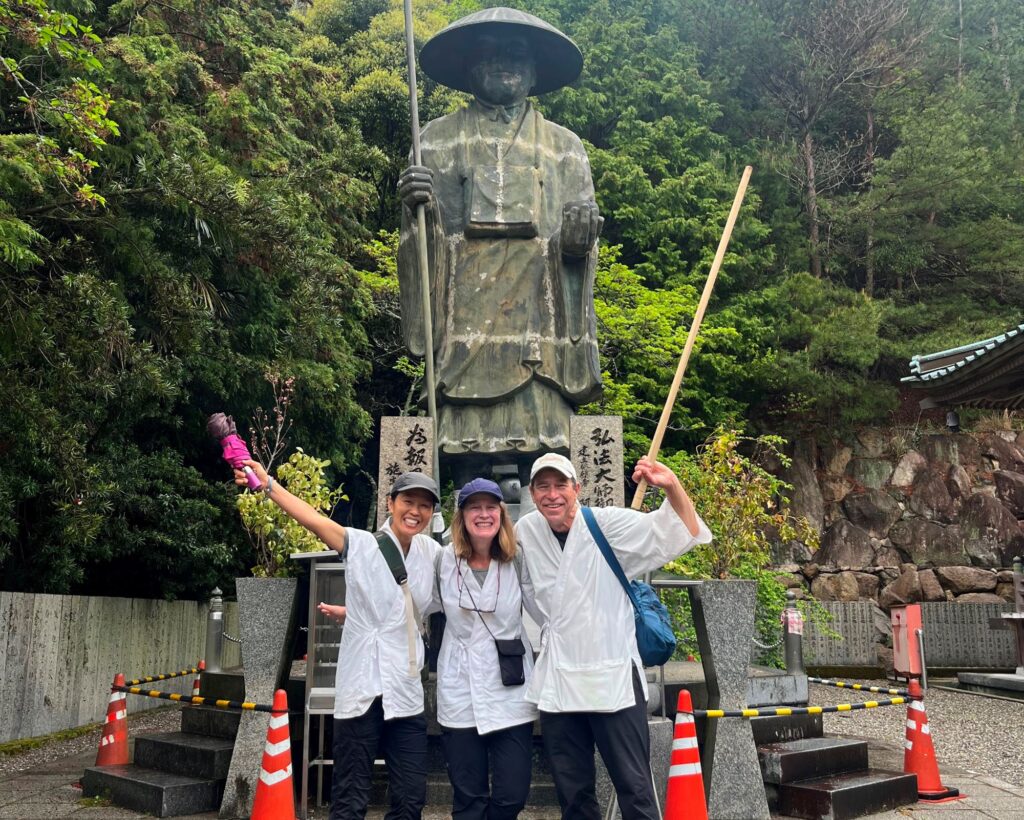
What began as an adventure became an experience filled with lasting memories and meaningful connections. The friendships we made with fellow pilgrims, the stories we shared over meals, and the peaceful moments of reflection at ancient temples all contributed to an unforgettable journey.
The Shikoku Pilgrimage taught me the importance of perseverance, the beauty of simplicity, and the strength of human connection. It’s a journey that leaves a deep impact on the heart and mind. It changes the way we view the world and our place within it.
If you enjoyed this story, be sure to check out my other related posts:

